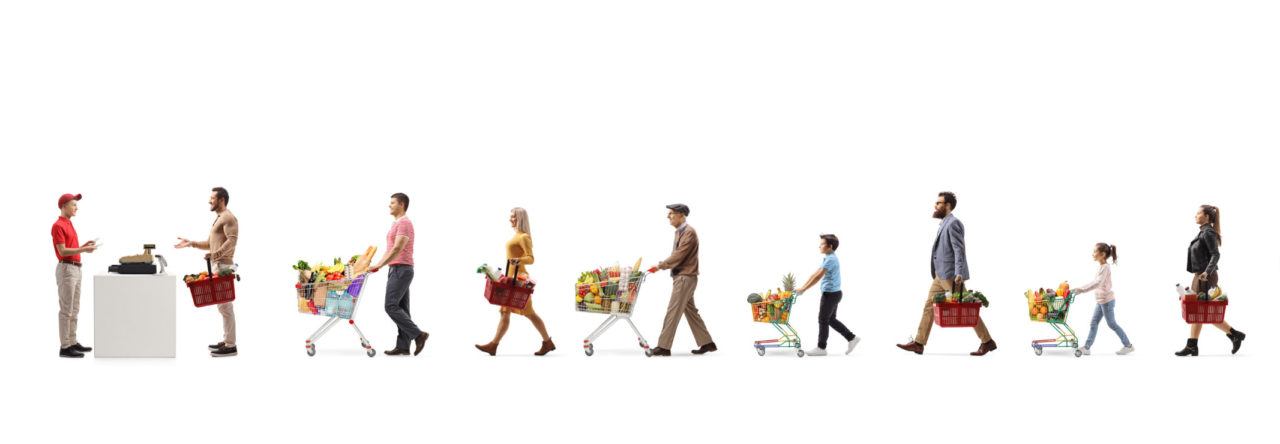
Truth #53: Customers crave the low price but curse the poor service.
Most retail customers subconsciously recognize the realities of price/service trade-offs—they can have low prices or they can have good service, but not both.
Great service in retailing isn’t a secret formula—it’s mostly a matter of the quantity and quality of employees. A retailer who wants to improve service simply hires more and better people. And all would, if price competition didn’t constrain expenses. The challenge is in finding the balance between service and price that appeals to customers.
When retail customers choose a store they’re choosing the service and amenities they’re willing to pay for. But just having to choose is frustrating. Everyone wants to believe they can get low prices without compromises in service. Occasionally it works out; often it leads to disappointment and dissatisfaction.

Truth #57: Happy customers come and go; unhappy customers accumulate.
Satisfied retail customers might do business with us again. We’ve proven ourselves a trustworthy source, even if only one of many.
Dissatisfied customers have longer memories and look for opportunities to warn others away. They’re expensive enemies to have.
It’s usually worthwhile to actively look for unhappy customers, open a dialog, and try to make up with them. Often a little attention turns them into equally vocal advocates.

Truth #59: Retail customers love social causes but they buy value.
“Buy American.” “Boycott companies that underpay laborers.” “Buy from companies that protect the environment.” “Support our local businesses.”
Everyone empathizes with a good cause. But when it comes to our money, there’s a cause we hold dearer: getting the best value.
Many social causes deserve our support—indeed our survival may even depend on them. But ultimately the decision whether or not to support them is the consumer’s, not the retailer’s. If we attempt to choose for our retail customers, they’ll simply follow their preferences elsewhere.

Truth #61: A sales presentation is not the place to give a business education.
Understanding is the key to relationships. However, most retail customers’ understanding of business is so limited that any discussion of it is counterproductive. It raises so many new questions that the relationship goes backward instead of forward.
Explaining wholesale costs is almost never an effective price-negotiating technique. Although most customers recognize that merchandise has a wholesale cost, they aren’t always convinced that a sale must cover it, and few indeed comprehend the breadth of expenses that a store incurs or the need for each sale to contribute to them.
In most cases we do best listening thoroughly to our customer’s expectations and exploring for an option acceptable to both parties. It’s not necessary for the customer to understand our side to be happy with his.

Truth #63: A low price won’t excuse us from service and problems.
No matter how good a price we give an old friend, a relative, or a tough customer, we’ll still be expected to take care of any problems, defects, and unforeseen labor and expenses that arise.
A retail customer doesn’t consider that the low price they paid us included little or nothing to cover problems—they paid us for the product and they look to us to solve the problems.
A sale that doesn’t include some profit as insurance against such eventualities doesn’t cover its costs. (It’s not necessary to include enough in each sale to cover every possible problem—only that every sale contributes to an “insurance fund” that, in sum, is sufficient to cover the problems that occasionally but inevitably arise.)
Retail Truths is available in print and Kindle at Amazon.com
